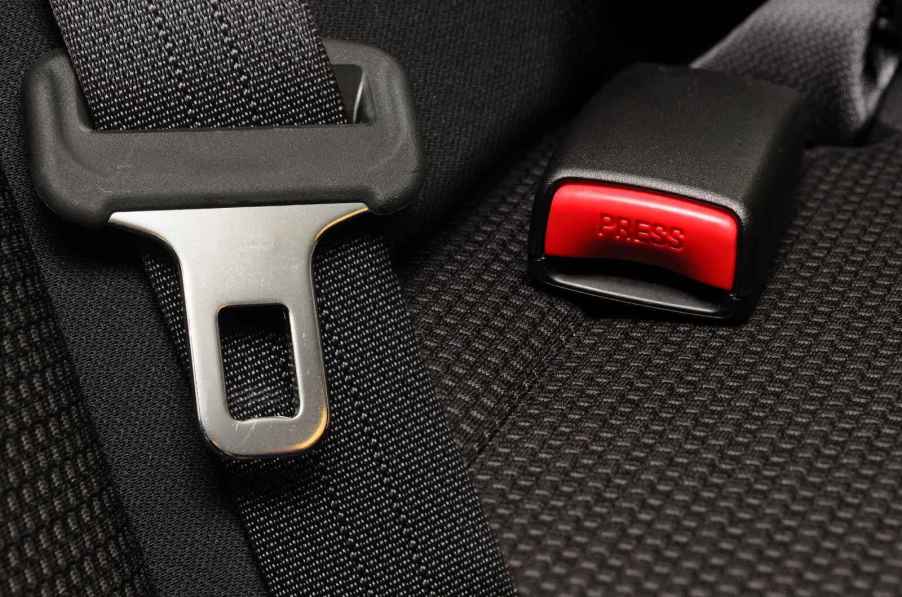
Not all used cars have complete vehicle histories. You should always look for telltale signs of prior accidents on a used vehicle that might not be recorded. Some are better known, like checking for large or crooked gaps between body panels. A mismatched paint job and wavy spots on exterior surfaces are others. Few people know that seat belts can also indicate prior damage. Let’s discuss how you can use your seat belt to check for issues.
Here are three ways to inspect your car’s seat belt for prior damage:
- Check the belt strap
- Find the belt’s production date
- Test for automatic retraction
Pull the seat belt strap all the way out, as far as the belt will go. If you find mud, a water line, or mold, this could indicate a flooded or otherwise very wet vehicle at some point. I worked at a shop for some time, and we’d come across flood cars that moved from, say, Florida to Ohio via an auction. Unfortunately, these cars posed a huge problem for the buyer. Anything electrical would go haywire. We’d find mold and other water damage under carpeting, too. It’s best to stay away from vehicles with signs of water damage.
At the bottom of every seat belt assembly is a production tag. The tag contains the manufacturer name (check for the original equipment brand), part number, and production date. If the date displayed is long after the production date on the car’s VIN sticker, this could be a red flag. For instance, if the car is a 2016 model but the seat belt tag says 2019, the vehicle has a newer seat belt. The difference in production year indicates airbag deployment followed by belt replacement.
Finally, you can pull the seat belt out normally and then let it go. The belt should automatically retract back into the pillar. If it just hangs slack, this is another indication that the vehicle was in an accident that blew the belt pretensioner. What’s worse, it might mean that the repair stopped short. The repair facility should have replaced it.
Now, if you’re aware your used car was in an accident before, these things might not bother you or strike you as a “big discovery.” However, if you happen to find any of the above seat belt conditions without awareness of prior damage, you should make sure that the vehicle is safe and reliable to operate.



